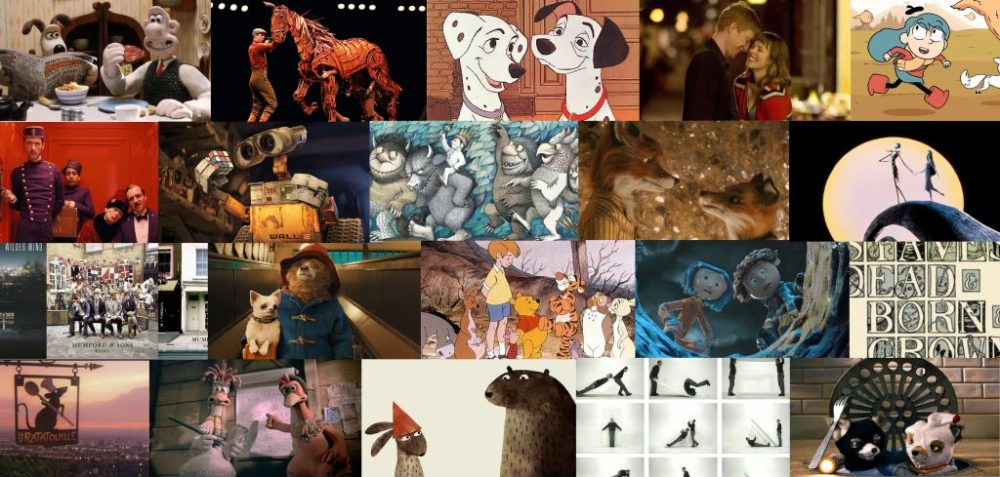On Wednesday, we managed to create a basic story idea, and decide which parts will be 2D animation and which will be stop motion. Clara and Evelyn offered to make storyboards, but there were so many different ideas being discussed that it was difficult to make sense of which ideas to include and which we had thrown out. So to clarify things, I wrote a straight forward list of the main plot points, with a few gaps filled in, using clear language and pictures so that we were all on the same page:
Version 1
The man walks into an empty fun fair - there are no people, the rides are not moving, the lights are off. Everything is black and white

There is an old camera on the ground

The man picks up the camera and puts strap round his neck

He looks through the viewfinder

Through the camera, he sees the funfair is colourful and alive

He looks back at his surroundings, which is empty again.
He looks into the camera again, and sees a different part of fair in colour
He presses the button.
There is a flash of light.
When the light is gone, the man is in the alive, colourful fair
The man walks through the colourful fair
He buys a giant candy floss and eats it as he walks

He watches some fireworks

Colours from the camera start spreading across his body
He looks through the viewfinder and sees the black and white world
He presses the button
There is a flash of light
He is back in the black and white world. All the colour is gone
He takes the camera off and puts in back on the ground
He walks away
A piece of colourful confetti blows in the wind in the same direction as the man
We also started a Pinterest board to help collect visual ideas related to our story:

These are the resulting storyboards:





Both Evelyn and Clara added details of their own as well, which added to the pool of ideas we had. There’s a part of me that finds that stressful, and wants to have everything decided and solidified as soon as possible, so I’m having to be more relaxed about letting the project evolve and change as it goes. Afterall, when I’m making something by myself, that tends to be how it happens. I think it’s just when I’m collaborating with a group, I feel more anxious about time and getting everything done because I feel less in control.
